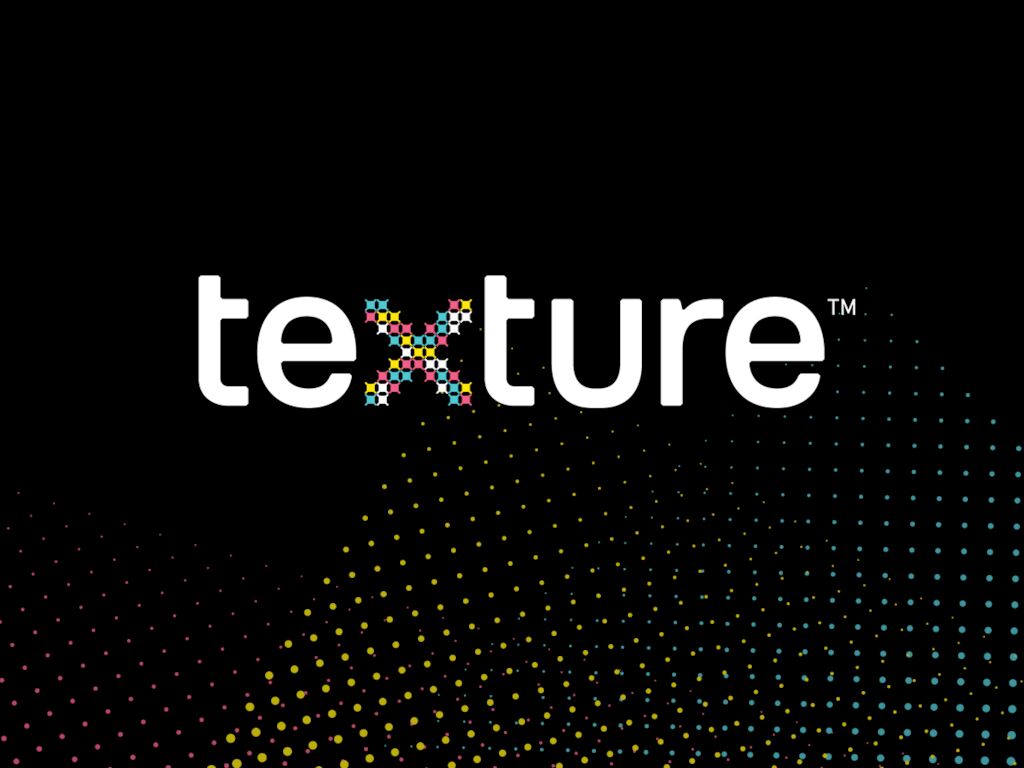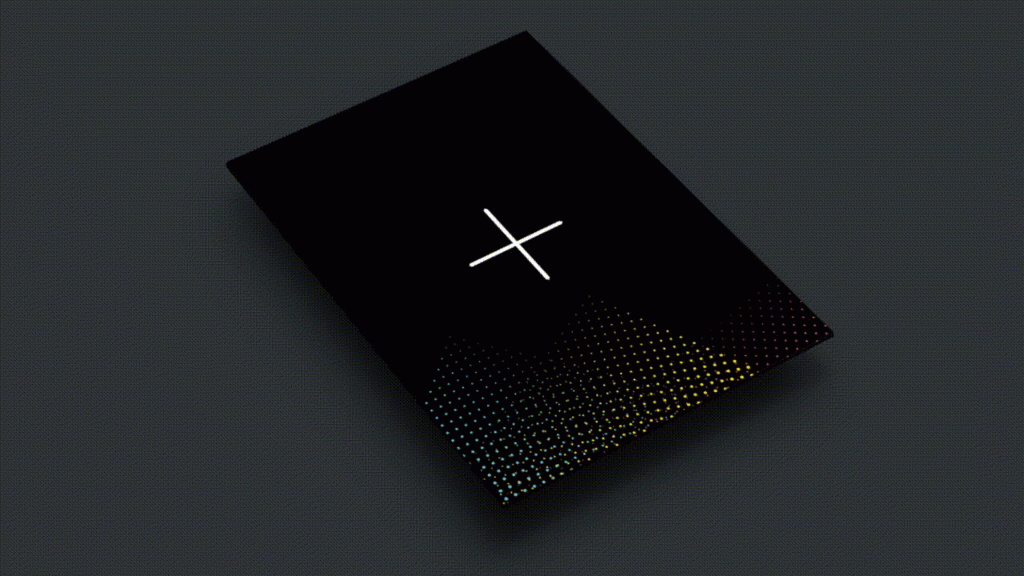The newsstand of the future has a name, and it’s Texture. Backed by some of the world’s largest publishers, Texture offers unlimited digital access to Vogue, Sports Illustrated, The New Yorker, and a hundred-plus other magazines for the price of a pint or two of beer every month. Neha Hattangdi, who helped design the Texture identity for MetaDesign San Francisco, discusses the project with Hozy Rossi.
HR: You worked at a magazine before joining Meta, right?
NH: Yes, I worked at a fashion and lifestyle magazine in India. I used to really like working there, and I loved the idea of people curating stuff for other people.
When we started working with Next Issue, they wanted to do the same thing, which spoke to me. In the new Texture app, their team curates content for the reader based on that person’s favorite magazines and their favorite articles. So when you open the app, it looks slightly different for each person because the content is curated according to your tastes.
HR: So you just called them Next Issue, and you called them Texture. What’s the story with the two names?
NH: When Next Issue came to us, they already had an application in place, and that was its name. They were well known by that name in Canada, but they were contemplating changing the name. So they wanted us to explore both.
I remember for the first round of design we showed them three directions with the logo Next Issue and three for Texture. We had five or six designers working on it, and the designers were asked to pick the name that spoke to them. I really liked the name Texture because it was more abstract, and you could have fun with it visually.
HR: We went in with six different directions for the first round. What happened next?
NH: They gravitated towards three of them. They liked the boldness with one. The second direction that they liked was modular. The third one, they liked the flexibility in the logo. They wanted to be more expressive, and they wanted their brand to not fade into the background. This system could be dialed up or dialed down if need be.

